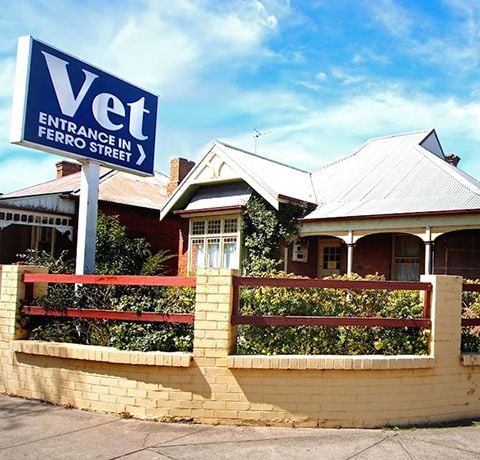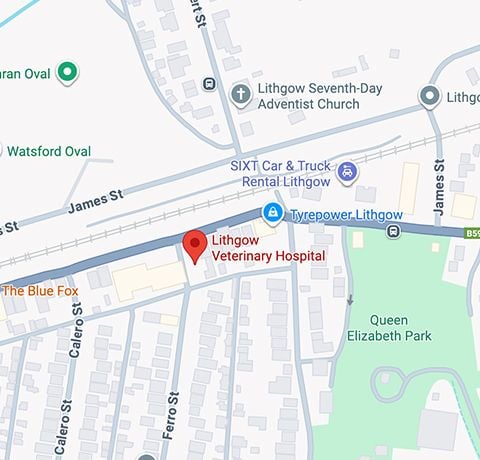Protecting Pets from Skin Cancer
)
“Slip, slop, slap” isn’t just for humans—did you know that your dog or cat could be at risk of sun-related skin cancers too? Just like us, our pets need protection from the harmful effects of UV rays.
Is My Pet at Risk of Sun-Related Skin Cancer?
One of the most common types of skin cancer in pets is squamous cell carcinoma (SCC), which is caused by prolonged exposure to UV light. SCC typically affects both cats and dogs, especially those with lighter skin and sparse fur.
Pets most at risk include:
- Those with pink skin, particularly in thinly furred areas such as around the eyes, ears, nose, or belly.
- Pets who love sunbathing, especially as they age. Most cases of SCC are seen in middle-aged to older pets with a long history of lounging in the sun.
What Are the Symptoms of Squamous Cell Carcinoma?
In its early stages, SCC might look like a small, scabby patch of skin, similar to a minor abrasion. However, unlike a regular cut or scrape, these lesions won’t heal. Over time, they tend to enlarge, becoming red, raised, lumpy, or even ulcerated (raw).
While SCC mainly causes damage to the skin and surrounding tissue, it typically doesn’t spread throughout the body. In rare, advanced cases, SCC may cause symptoms like weight loss or breathing difficulties if it spreads internally.
What Should I Do if I Notice an Unusual Skin Lesion on My Pet?
If you spot any unusual skin changes, lumps, or lesions on your pet—especially those that aren’t healing—it’s important to book an appointment with one of our vets as soon as possible. Early detection and prompt action are key to preventing further complications.
Our vets may recommend tests such as:
- A surgical biopsy of the lesion to confirm the diagnosis.
- Blood tests to evaluate your pet’s overall health.
Can Squamous Cell Carcinoma Be Treated?
The good news is that SCC can be treated, particularly if it’s caught early. The main treatment is surgical removal of the affected area, ideally with a wide margin of surrounding tissue to ensure all the cancerous cells are removed. In many cases, this can be curative if the tumour is fully excised.
However, surgery may not be feasible in some situations, such as:
- If the tumour is in a difficult area (like the nose) where removing enough tissue is challenging.
- If there are multiple lesions or other health concerns that make surgery risky.
In such cases, our vets may suggest alternative treatments, including:
- Radiation therapy referral for more targeted care.
- Cryotherapy to freeze and destroy the tumour.
- Topical medications to stimulate the pet’s immune system to fight the cancerous cells.
How Can I Protect My Pet’s Skin?
If your pet has pink, sparsely furred skin, it’s important to take steps to protect them from UV exposure—just as you would for yourself or a child.
Here’s how you can reduce the risk:
- Limit sun exposure during peak UV times (9am-3pm). Allow outdoor playtime earlier in the morning or later in the afternoon, when UV rays are less intense. Keep your pet entertained indoors during these hours with toys or treats.
- Apply pet-safe sunscreen if your pet will be outdoors for more than 10 minutes during peak UV hours. Be sure to use products specifically designed for pets, which do not contain harmful ingredients like zinc.
- Consider using pet-friendly sunhats or sun suits if your pet tolerates them. Not only do they provide protection, but they also look quite cute!
If you’re worried about your pet’s skin or have any questions, the team at Lithgow Veterinary Hospital is here to help. Call us on 02 6351 3269 for advice or to schedule a skin check.
| Tags:Client InformationHealth AdviceProactive Pet Care |
&geometry(132x120))





